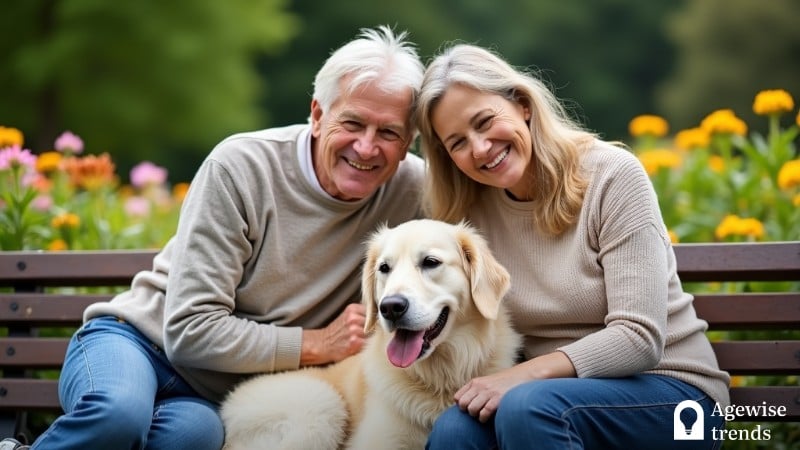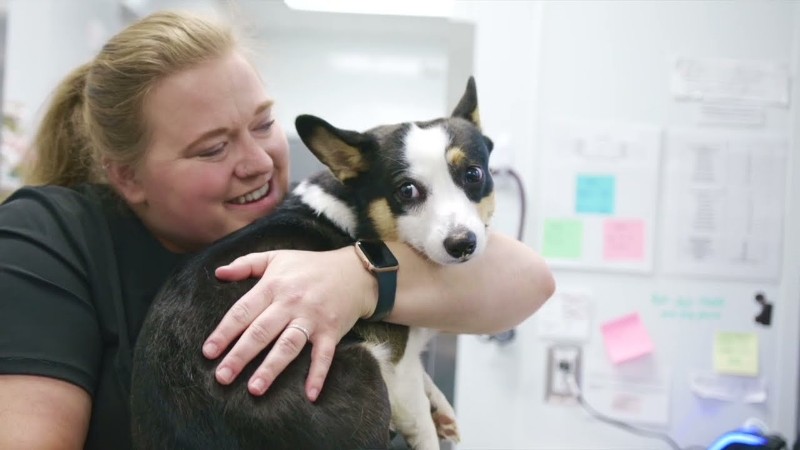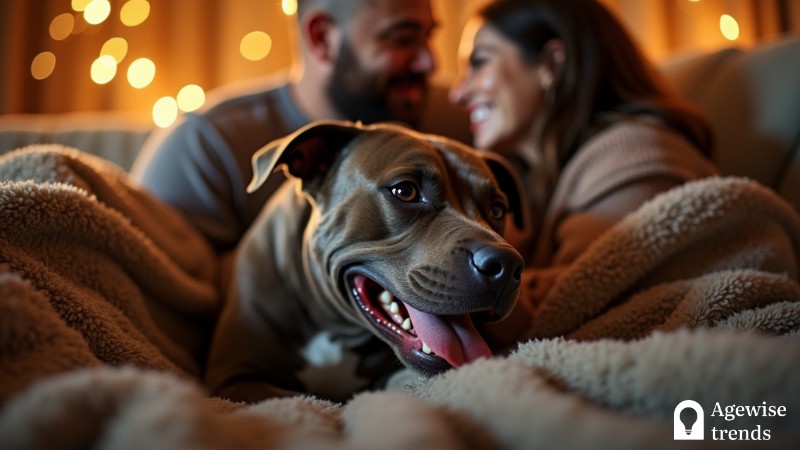For many older adults, a dog’s presence provides companionship, routine, and a sense of purpose. Whether it’s a wagging tail in the morning or the familiarity of daily interactions, dogs bring warmth and energy into a home.
Their playful nature, unwavering loyalty, and ability to sense emotions create a deep and irreplaceable bond with their owners.
Key Takeaways
Dogs offer significant benefits for seniors by boosting their mental, physical, and emotional health.
- Dogs provide companionship that eases stress, anxiety, and feelings of loneliness.
- Owning a dog promotes regular exercise, which improves overall health and lowers disease risks.
- Understanding a dog’s life stages ensures the best care for senior pets.
Pet ownership benefits
The relationship between dogs and their owners transcends mere companionship. It offers comfort and support that significantly enhances overall well-being.
Dogs’ presence nurtures mental, physical, and emotional health, enriching daily life in profound and meaningful ways.
How pets support mental health
Pets offer companionship and a sense of security, helping to reduce stress, ease anxiety, and provide comfort, especially for older adults who may experience more time alone.
Caring for a pet also adds structure to daily life, with routines like feeding, walks, and playtime providing stability and a renewed sense of purpose.
The impact of pets on physical wellbeing
Owning a pet naturally promotes an active lifestyle, often without conscious effort.
More than 60% of dog owners meet recommended weekly exercise levels just by walking their dogs. This consistent movement supports overall health and can help lower the risk of heart disease and certain cancers.
Beyond physical activity, having a pet nearby can benefit heart health by reducing blood pressure. Even small interactions—whether a daily walk or a few moments of affection—create positive effects for both pets and their owners.
Pets and healthy aging
Many older adults find that having an animal around helps them feel less isolated while encouraging physical activity.
Studies have shown that pets can even help manage conditions like Alzheimer’s and dementia by reducing stress and promoting emotional stability.
The connection between an older adult and their pet can bring a comforting routine, a greater sense of security, and a source of daily joy.
Pet care: bonding through understanding
Understanding a dog’s life stages helps pet owners provide the best care and strengthen their bond with their canine companions.
The common belief that one dog year equals seven human years is misleading, as breed and size play a significant role in aging.
Dr. Travis Arndt from the Animal Medical Center of Mid-America (AMCMA) explains that smaller dogs generally live longer than larger ones. A medium-sized dog’s first year is roughly equivalent to 15 human years, but aging slows down as dogs grow older, making a simple formula inaccurate.
Dr. Sarah Wooten from Pumpkin Pet Insurance highlights the importance of recognizing a dog’s developmental stages. From the neonatal period and puppyhood to adolescence, adulthood, and senior years, each phase varies in length depending on breed and size.
Understanding these stages allows pet owners to provide the proper care at every step of their dog’s life.
Caring for senior dogs
Caring for an aging dog comes with new challenges, but the right approach can keep them comfortable and healthy. As dogs enter their later years, they become more prone to health issues and mobility difficulties, making proactive care essential.
Ali Smith from Rebarkable suggests using orthopedic beds, car ramps, and a balanced diet while ensuring regular vet visits. Meanwhile, Lauren Coger from the Healthy Dog Expo advises pet owners to stay informed about potential health concerns so they can address issues early.
Common conditions like arthritis and dementia require extra attention, and owners should watch for signs of aging, including slower movement, cloudy eyes, bad breath, weight changes, and incontinence.
Frequent veterinary check-ups are key to catching problems like lumps or tumors early, allowing for quicker treatment and a better quality of life for senior dogs.
Signs of a strong connection with a canine pal
Dogs display their attachment in many ways, with their actions often reflecting a profound sense of devotion.
Recognizing these signs can help strengthen the relationship further, fostering a lasting and meaningful companionship.
Constant physical contact
A clear indication of a strong bond is when a dog regularly seeks out physical affection. Leaning against a person, resting nearby, or maintaining contact even while sleeping shows a deep sense of trust and attachment.
Dogs that do this are also highly attuned to movements, often noticing the slightest shift when their human moves away.
Staying close at all times
A dog that consistently stays nearby, whether during work, relaxation, or sleep, demonstrates a strong connection.
Preferring to rest in the same room, even when other options are available, suggests that the person is their primary source of comfort and security.
Excited greetings at the door
Eagerly rushing to the door upon a person’s arrival, regardless of deep sleep or stiff joints, is a clear sign of loyalty.
The effort to greet someone enthusiastically, even when it takes extra energy, signals a strong emotional attachment.
Following and offering help
Dogs that follow their owners around the house or into the yard while doing chores are often deeply bonded. Their eagerness to stay involved in daily activities, even when there’s no direct benefit, highlights their attachment and desire to be close.
For older adults, a dog’s companionship can make a profound difference, offering comfort, motivation, and a sense of belonging.
Whether through shared activities or quiet presence, this bond enhances emotional wellbeing and brings fulfillment to daily life.















